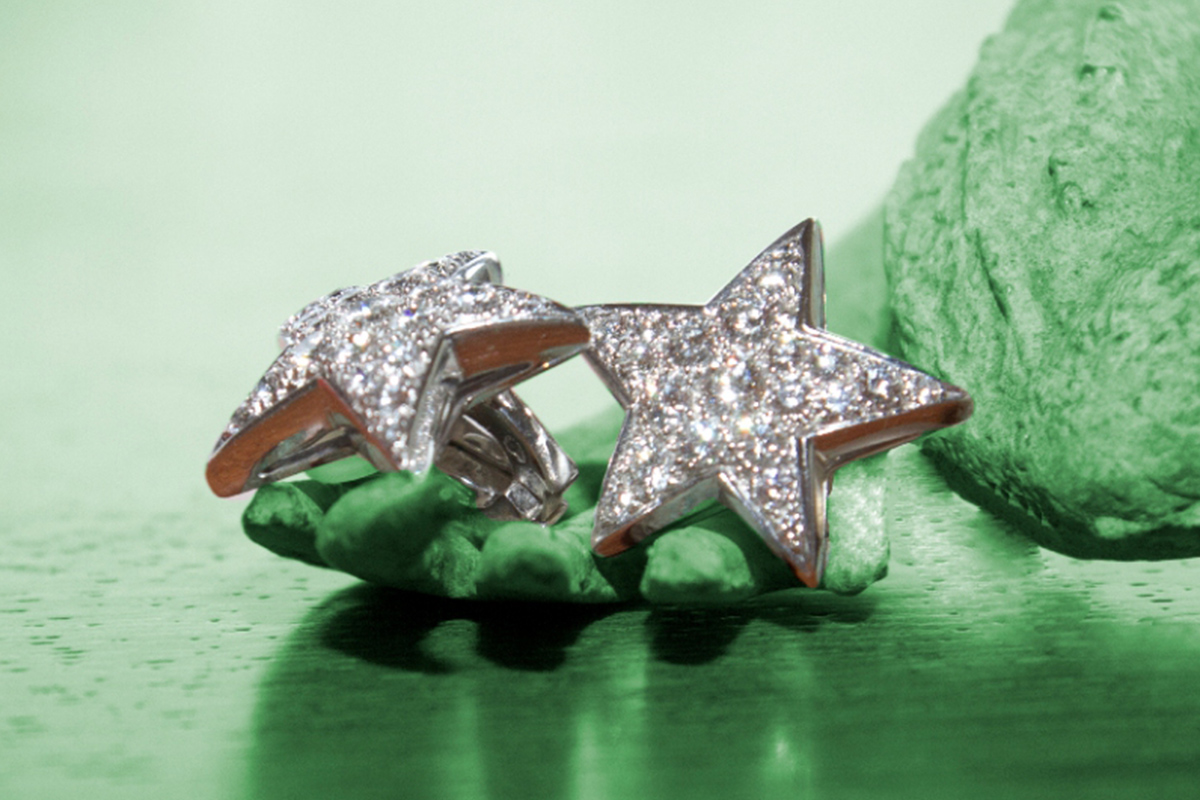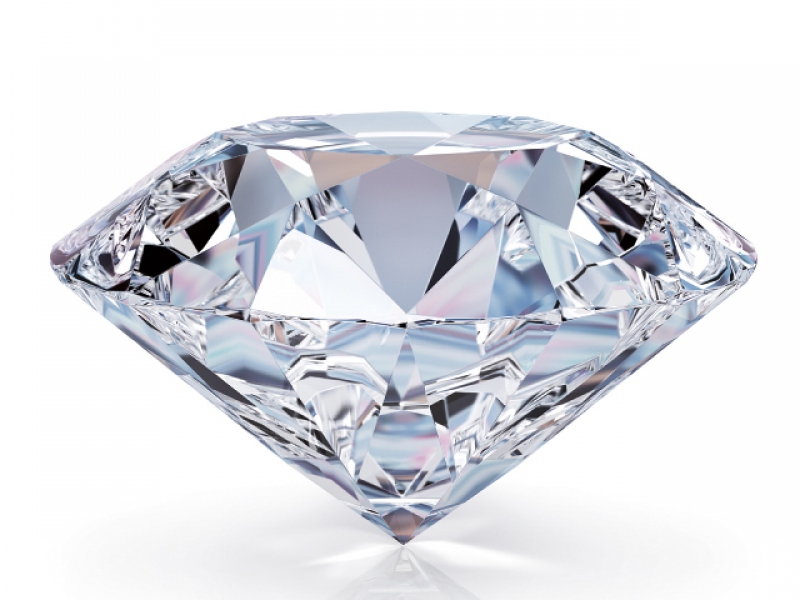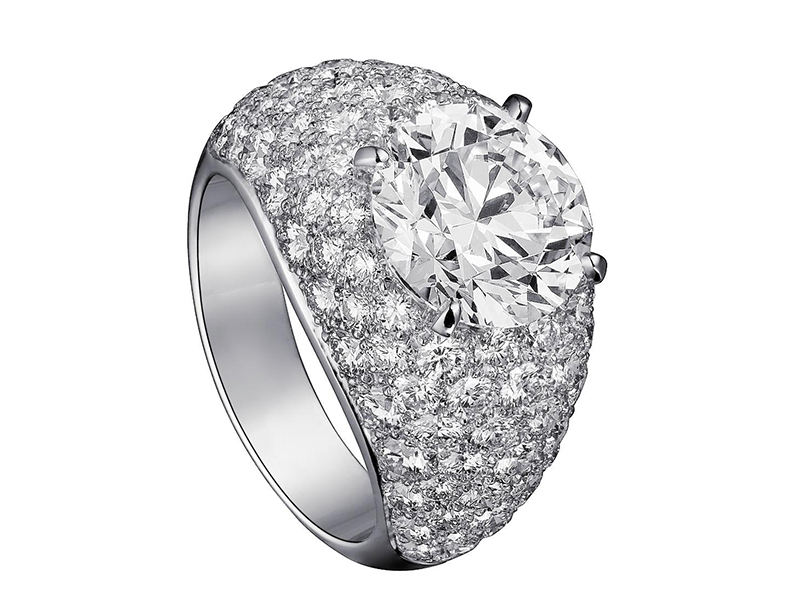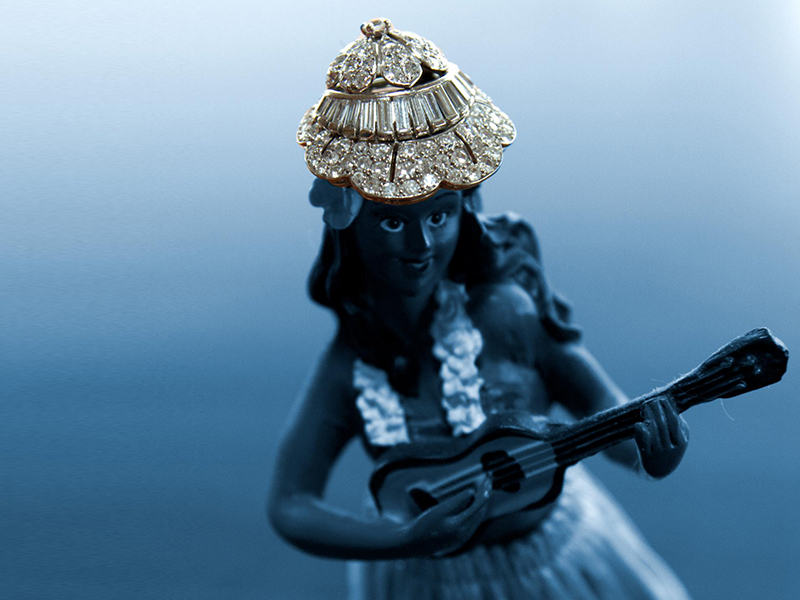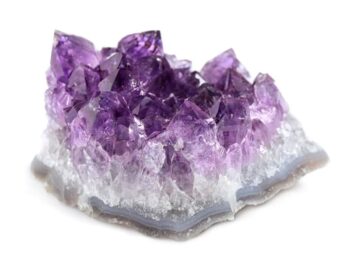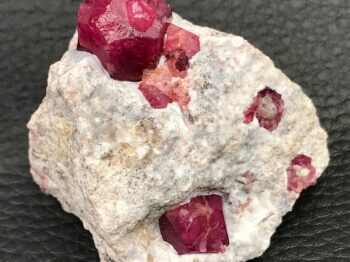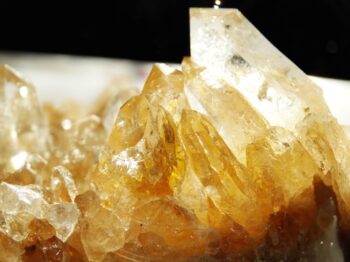Diamonds have always been sparkling and fascinating. What does trigger this phenomenon?
Diamonds require extremely rare conditions below the surface of Earth to be formed. The pure white stone requires a precise high temperature and pressure.
Moreover, the diamond is the only stone made of a single element but also the most durable stone named carbon… one of many reasons why diamonds makes a perfect choice for an engagement ring.
The diamond quality can be described and appraised with the 4 Cs: clarity, color, cut and carat weight. 4 essential standards to keep in mind when you acquire a diamond jewel.
Clarity : Diamonds have internal features called inclusion, and surfaces features called blemishes. The clarity of a diamond involves determining the number, the size, the relief, the nature and the position of these features. Two diamonds can’t get exactly the same clarity characteristics which make them so special.
⇒ Always look at the mentions : FL-Flawless, IF-Internally Flawless, VVS1 or VVS2- Very Very Slightly Included, VS1 or VS2- Very Slightly Included, SI1 or SI2 Slightly included, I1, I2 or I3 Included.
Color: Diamonds come in many colours, but in what concern white diamonds. A diamond color is based on the absence of it. Diamonds exists in a wide variety of colors starting with the letter D going to Z (light yellow or brown).
⇒ Keep in mind that the D-colour is colourless and the best you could get. Also, the colour of the mounting itself has an effect on the color of your diamond. For example, a white gold mounting will emphasize the yellow light of your diamond.
Cut : The diamond cut depends not only on the shape of your stone but also on how the diamond facets interact with light.
⇒ A standard round brilliant cut is the most popular (57 or 58 facets). You can also find other popular shapes such as emerald, pear, oval, cushion, heart, princess, marquise or asscher.
⇒ Jewelers like Van der Bauwede or Mellerio have developed their own diamond shape they market as their signature.
Carat Weight : Stones have their proper unit of measurement called the carat, weighting one fifth of a gram (200 mg).
⇒ Bare in mind that two diamonds of equal carat can have a different value. It depends on the above characteristics.

